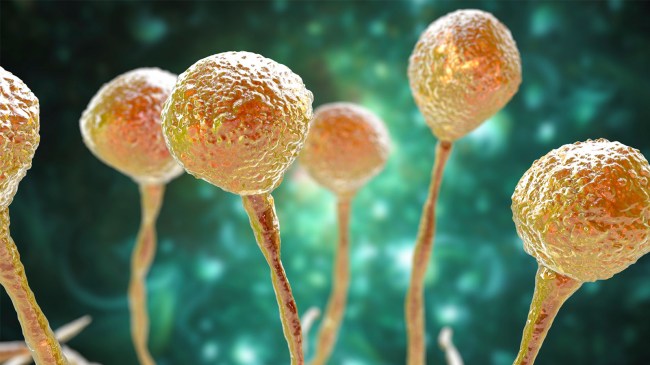iStockphoto
Several newly discovered species of fungi that are potentially harmful to humans could become airborne during periods of drought.
That’s right. As if we didn’t have enough to worry about with the return of the bubonic plague and a newly rediscovered “zombie” virus, now we’ve got to worry about the world turning into a scene from The Last of Us.
According to new research recently published in in the Journal of Fungi, the Mycology and Environmental Microbiology Unit of the Universitat Rovira i Virgili has identified new species of fungi that may cause infections or diseases in people and animals.
“Ascomycetes in both fluvial and marine sediments have been studied very little so far and what we are doing in the project is not only extending the knowledge base about the species found in these sediments but also determining patterns of biodiversity that indicate whether an ecosystem is healthy or, on the contrary, has problems of pollution from a variety of sources. In short, any change in the composition of a fungal community may be a warning that something is wrong,” Josepa Gene, principal investigator of the research, said in a statement.
Some of these species of fungi, according to Gene, “are opportunistic pathogens of mammals, cold-blooded animals and other creatures, which can cause mild and serious infections, not only in animals that live in the aquatic environment but also to those that they pass through it, like us when we have a swim in a river.”
They are especially likely to spread during environmental changes such as a drought.
“When sediments are exposed to air, these fungi may begin to produce many spores that disperse in search of a more suitable environment, and it is during this dispersion that they can interact with humans and animals,” she said.
On the plus side (of sorts), Gene added, “The infections tend to affect only the most vulnerable population and are not transmitted between humans. Rather they are the result of some form of injury, among other routes of inoculation.”
And while she claims there is no need to be alarmed, Gene did add that we should “just be alert.”
“The thing is that we have a greater understanding of them now, so we can consider establishing environmental control measures. But, before we do, there is still a lot of work to be done,” she concluded.

